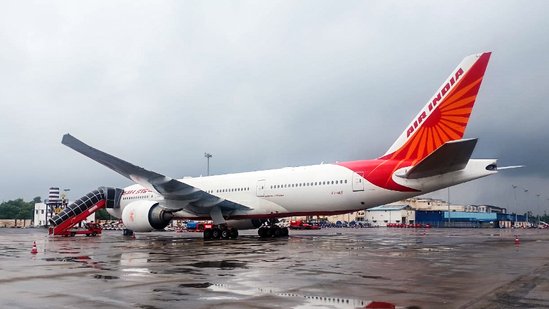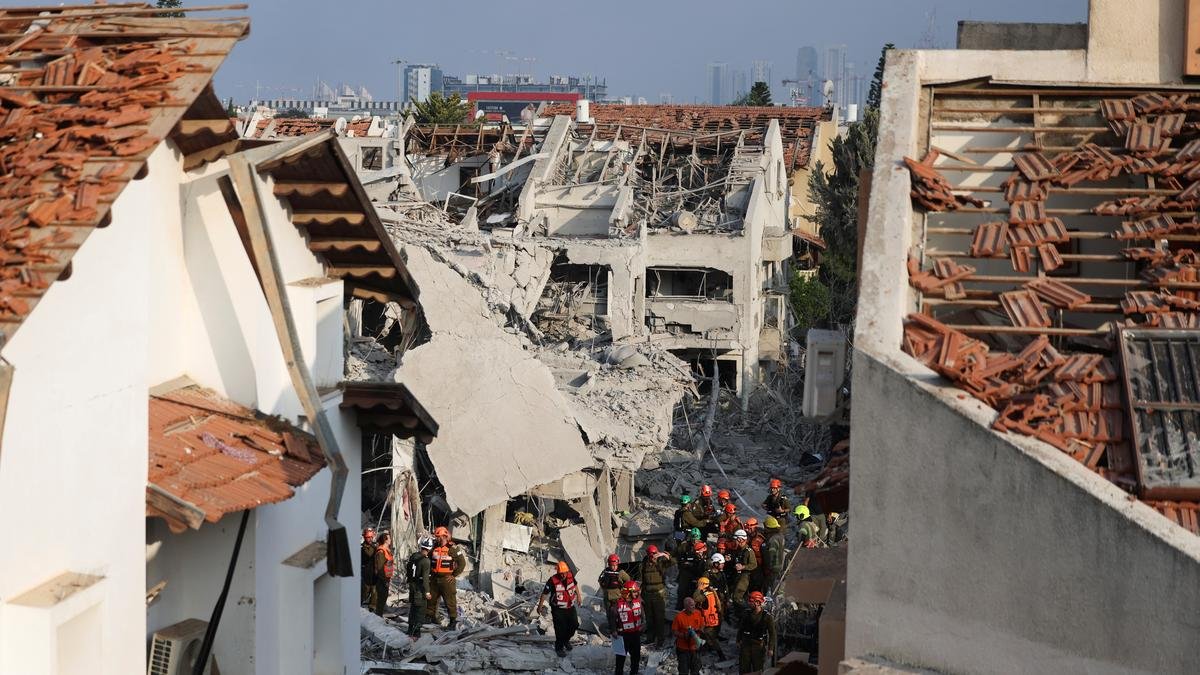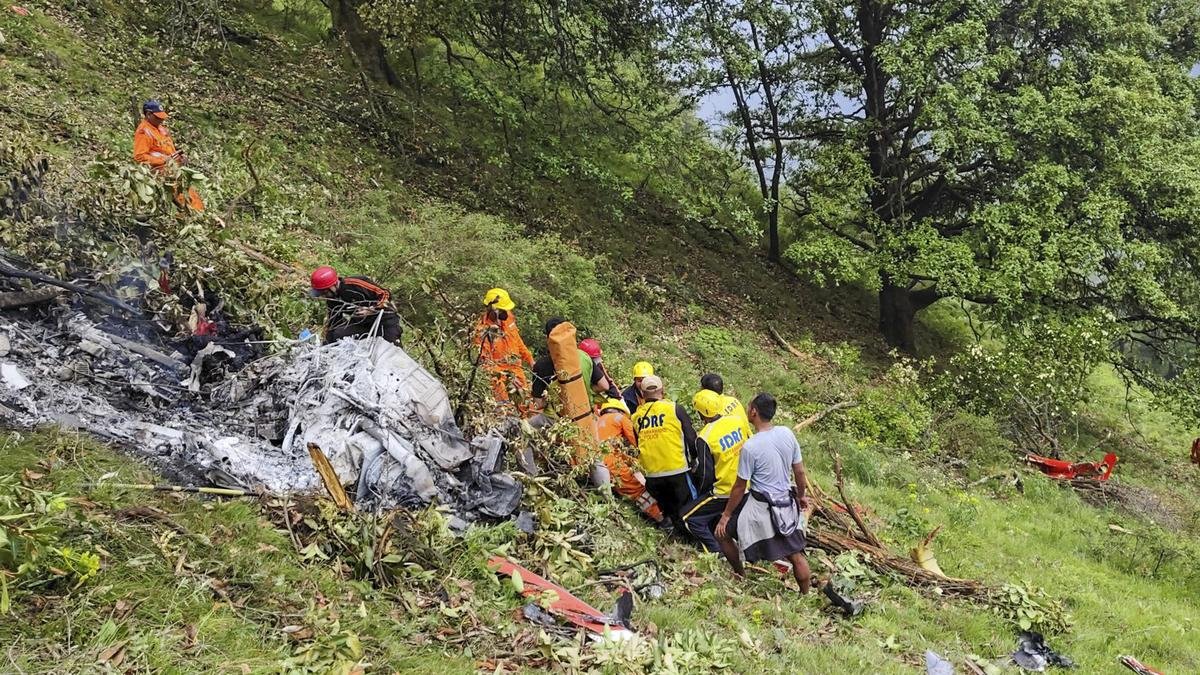Engines off, alarms on: Air India’s Dreamliner fleet faces intense scrutiny post-crash. Photo Credit: ANI
In what is being described as a major operational crisis, Air India has cancelled nine international flights, including five Boeing 787 Dreamliner services, following the tragic crash of AI-171 earlier this month. The cancellations are raising serious concerns within the aviation sector, affecting thousands of passengers and sparking new discussions on aircraft safety and operational resilience.
Dreamliner Woes Intensify Post-Crash
The cancellations, all of which occurred within a 24-hour window, include popular long-haul routes such as Delhi–Paris, Ahmedabad–London, Delhi–Dubai, and Bengaluru–London. A Mumbai–San Francisco Boeing 777 flight was also grounded, though Air India has attributed the delays to a combination of mandatory Dreamliner safety checks, crew fatigue, and airspace issues caused by rising geopolitical tensions in West Asia.
The Directorate General of Civil Aviation (DGCA) ordered enhanced checks on the entire Boeing 787 Dreamliner fleet operated by Air India following the deadly crash of AI171 on June 12, which resulted in over 270 fatalities. So far, 26 of the 33 Dreamliner aircraft have cleared the new safety inspections. The rest are expected to complete the process in the coming days.
Safety Checks Uncover Operational Gaps
While no major defects have been identified in the Dreamliners post-inspection, the DGCA found several operational gaps. These include poor coordination between technical and engineering teams, delayed reporting of minor maintenance issues, and non-availability of certain spare parts.
The regulatory body has directed Air India to ensure smoother coordination and quicker access to critical spares, warning that such lapses could lead to regulatory action if not addressed immediately.
External Turmoil Adds to the Challenge
Apart from technical issues, global airspace restrictions due to the Israel-Iran conflict are also complicating operations. Several flights were delayed or cancelled due to altered flight paths or crew duty-time violations. Weather-related disruptions in North India have further strained flight schedules, with heavy rains in Delhi forcing multiple diversions.
In one worrying incident, a pilot assigned to a Delhi–Copenhagen Dreamliner flight reportedly suffered a panic attack before take-off. The crew had to be replaced and the flight delayed by several hours, raising questions about psychological strain on staff in the wake of the recent crash.
Passenger Frustration and Financial Fallout
Passengers have expressed frustration over the sudden flight cancellations and poor communication from the airline. Air India has offered hotel accommodations and rescheduling for stranded travellers, but the disruption has already dented the airline’s reputation, especially among international passengers.
On the financial side, the situation may impact the aviation insurance sector significantly. The Air India Dreamliner crash is already projected to trigger insurance claims of up to $475 million, making it one of the costliest aviation disasters in recent Indian history.
Learning from the Past
This is not the first time the Boeing 787 Dreamliner has come under scrutiny. In 2013, a global grounding was ordered after battery malfunctions were detected. However, the current crisis – unfolding just after a deadly crash -has broader implications. It underscores the importance of not only mechanical reliability but also the airline’s ability to respond quickly, communicate clearly, and manage large-scale disruptions.
Way Forward for Air India
Air India’s leadership, under the Tata Group, is under immense pressure to stabilise operations and restore confidence. The coming weeks are crucial. The airline must complete all remaining Dreamliner inspections, ramp up crew preparedness, and improve ground-level coordination to prevent further cancellations.
As investigations into the AI171 crash continue – focusing on engine failure, emergency response delays, and cockpit procedures – the airline’s ability to implement corrective actions swiftly will determine its standing in both domestic and global aviation.




